Riding newly opened trolley 71 from the west of Shanghai to the Bund is very practical, and always makes me think about Old Shanghai. Tramways were installed in Shanghai first in the International Settlement in 1908, then in the French Concession and the Chinese city (see post Old Shanghai tramways for more details). If tramways were the most modern urban transport in the 1900s and 1910s, by the 1920s and even more the 1930s, they were taken over in modernity by buses.
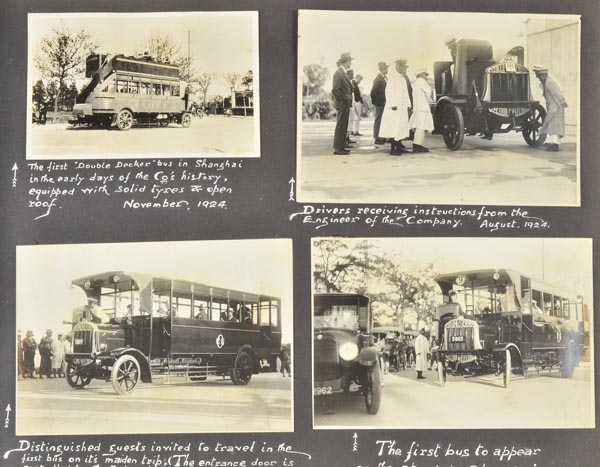
The China General Omnibus company was incorporated in Hong Kong in 1923, like many companies in Shanghai at that time, to operate bus services in Shanghai. Part of the Sasoon group, it ran bus routes in the International Settlement and beyond. The first routes were opened in 1924, to increase to about 20 lines in the 1930s. Those routes mostly followed main roads and are quite similar to today’s bus line. Buses in the French Concession were separately operated by the “compagnie française de tramways & d’éclairage électrique de Shanghai” which was also operating the tramways.
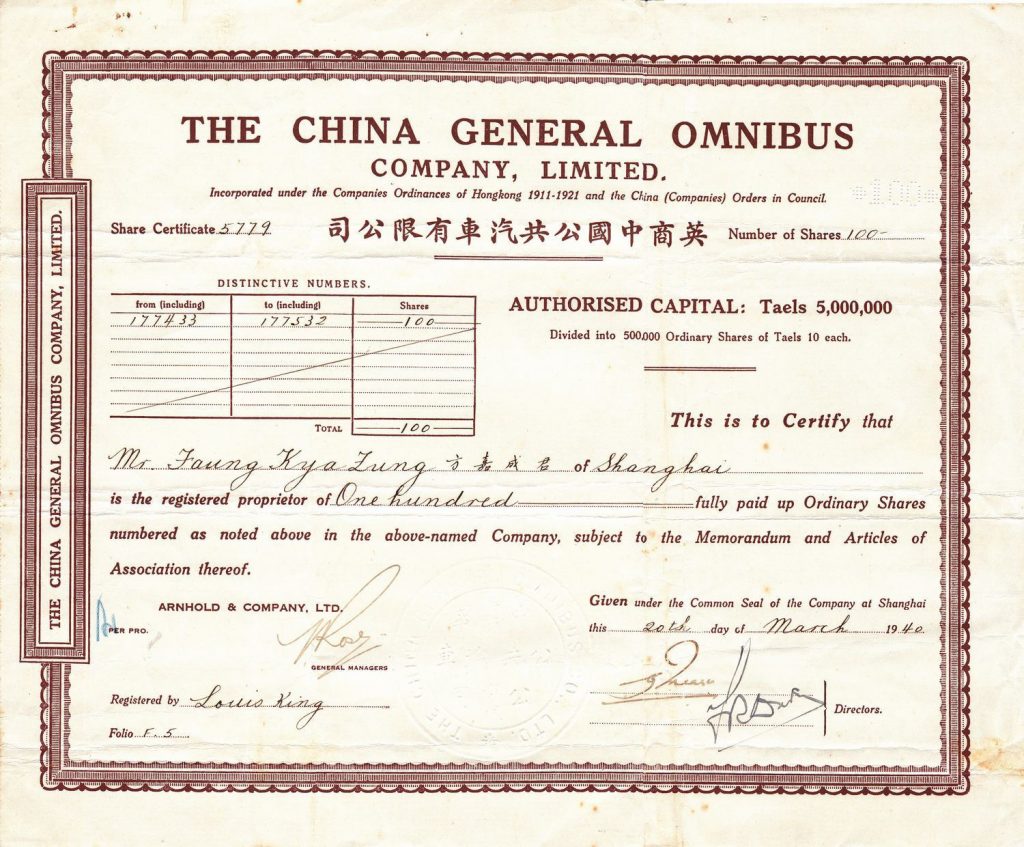
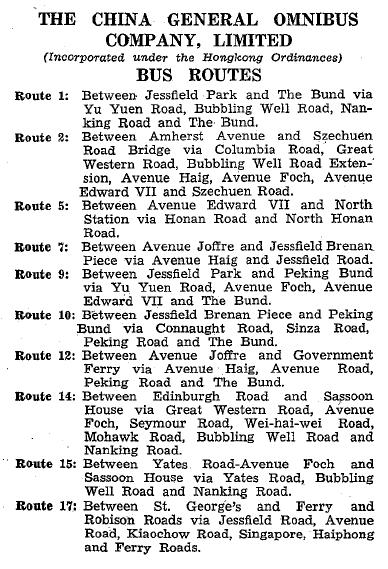 Picture left is a list of some of the bus routes (the second page is missing), with some being very familiar, starting with Route 1 from Jessfield Park (today Zhong Shan Park) to the Bund. This is actually pretty close to parts of today metro line 2, and was also following Tram route N2 (see post Old Shanghai Tramways for more details). Route 9 had the same beginning and end, but was going Avenue Foch and Avenue Edouard VII (both streets are now Yannan Lu). This is quite similar the eastern part of today’s 71 bus line. As the road was the border between the International Settlement and the French Concession, there was no tramway line.
Picture left is a list of some of the bus routes (the second page is missing), with some being very familiar, starting with Route 1 from Jessfield Park (today Zhong Shan Park) to the Bund. This is actually pretty close to parts of today metro line 2, and was also following Tram route N2 (see post Old Shanghai Tramways for more details). Route 9 had the same beginning and end, but was going Avenue Foch and Avenue Edouard VII (both streets are now Yannan Lu). This is quite similar the eastern part of today’s 71 bus line. As the road was the border between the International Settlement and the French Concession, there was no tramway line.
Above map is a full route map of the China General Omnibus Company. The network was very extensive, allowing to travel all over the international settlement and other areas controlled or managed by the Shanghai Municipal Council. It is a very rare map, hardly seen online. Although edges are missing, it gives a clear view of the bus network. According to documents found with it, it is from 1937.
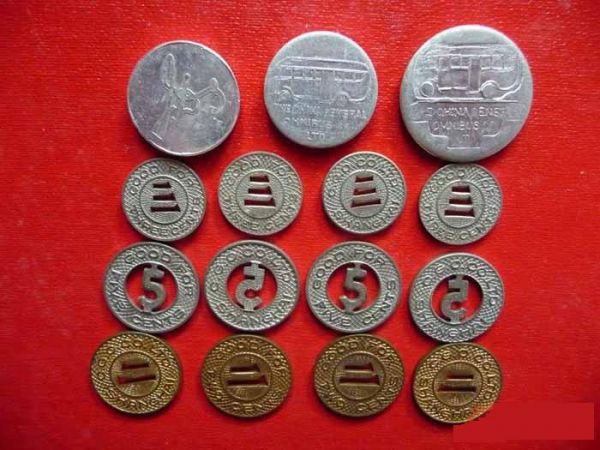
Another feature of the CGOC that attracts today’s collectors, are the bus tokens issued by the company in the 1920s and 1930s. As Shanghai coins value was fluctuating a lot, the bus company created token that could be purchased in advance and used to pay the bus fees. There was several issues of various token in 1924, 1926 and 1939. They have now become collection pieces highly sought after. For more information about them, best is to have a look at the China Mint website (see following link for more information). Although they have now been replaced by a electronic card, taking the bus at night through the streets of Old Shanghai still feels like a bit of a time travel.
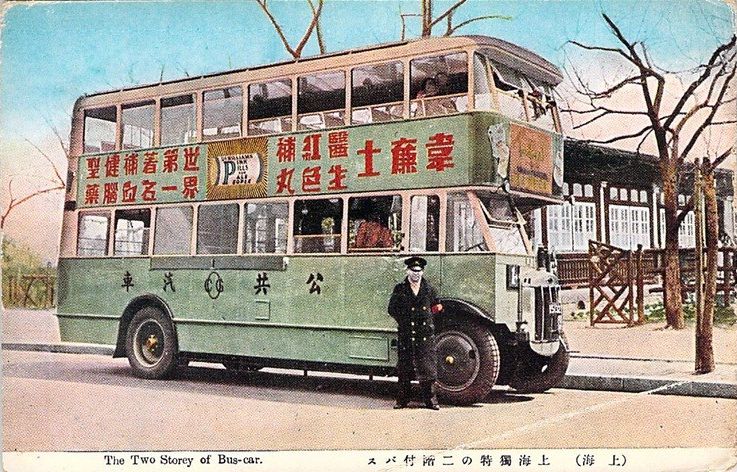
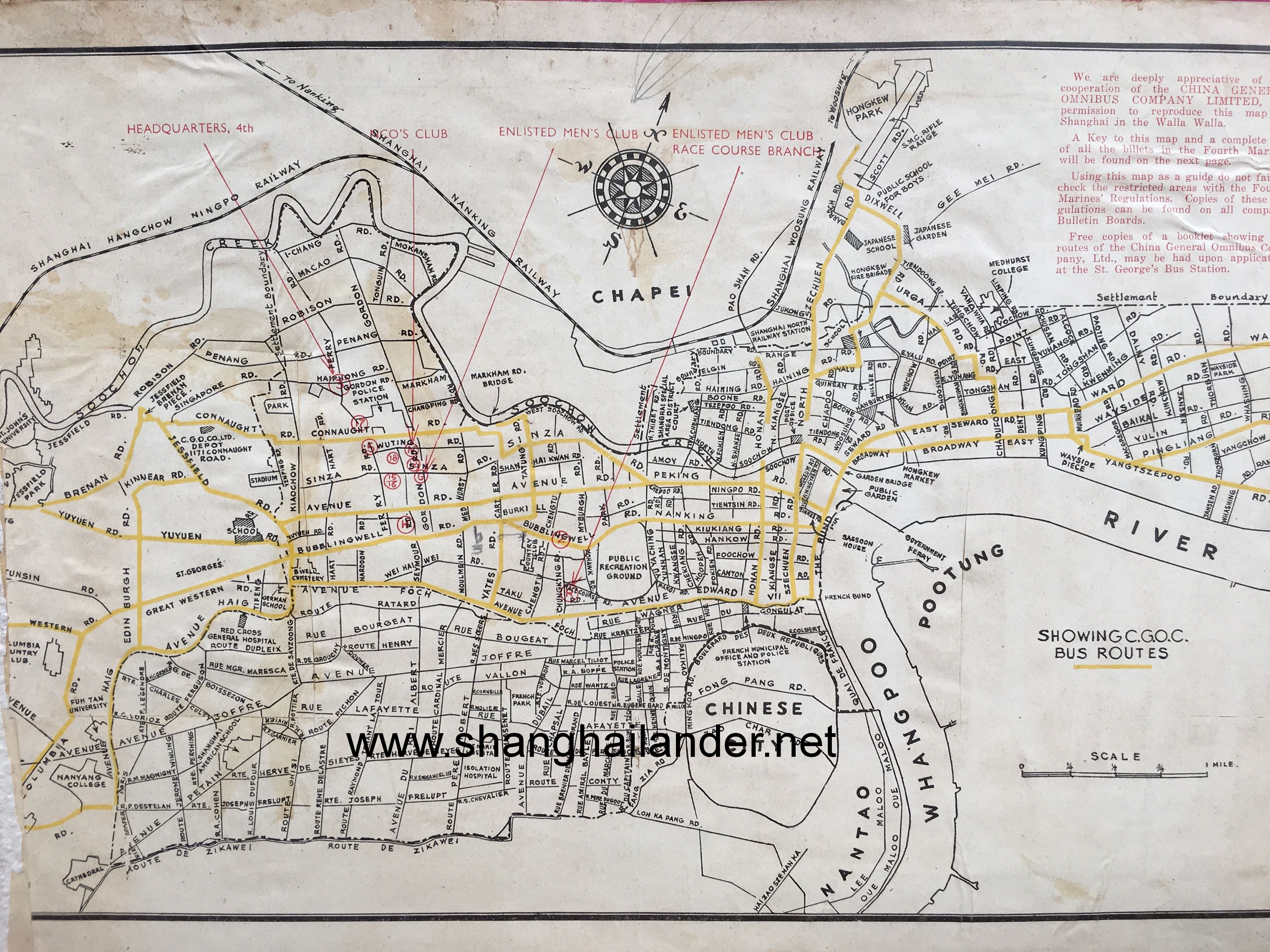
Thank you! This is a Really interesting article!
Congratulations Hughes, what an amazing, so interesting research and reporting article you worked on and shared with us.
This may have been the house my missionary doctor family rented while in Shanghai temporarily in 1938, from a European couple on leave.
They owned a pair of smart, well-trained boxers and we acquired the runt of a litter of 11 — best dog we ever owned!
The house faced away from the street onto a large garden where we six youngsters and the puppy romped.
We have family pictures and home movies, including a birthday party and a carnival organized by my elder brother, 13, and his Shanghai American School friends.
Our house was down the lane a bit from Lafayette. A high-walled compound next door at the corner, owned by a rich Chinese, was scene of an elaborate funeral with paid mourners wailing. It went on for several days.
I had school friends living around the corner on Lafayette in the Blackstone Apartments, and took advantage of its indoor swimming pool
You mention another home on Anting Road. I have a friend whose family home was in that neighborhood, across the street from where the Anting Hotel now stands. We walked past it while visiting Shanghai last November.
Your blog is the first mention of Rue Pottier I have ever found on the internet! I did, with help, find it on a previous trip, and got a chance to see the outside, now plastered grey rather than exposing the red brick of my memory. The garden was gone, used for other construction. The interior was being remodeled and not accessable. The whole block seemed to be a security zone.
My memory, eight decades later, is probably flawed and unreliable. But the photos of the interior you have would fit my flawed recollection of our house layout….
I have a surviving older sister in Oregon who might have other memories. She would have been 11 at the time. (My younger sister in Hawaii would have been only two.)
I am delighted to have come across this blog!
here is a wonderful site and very helpful